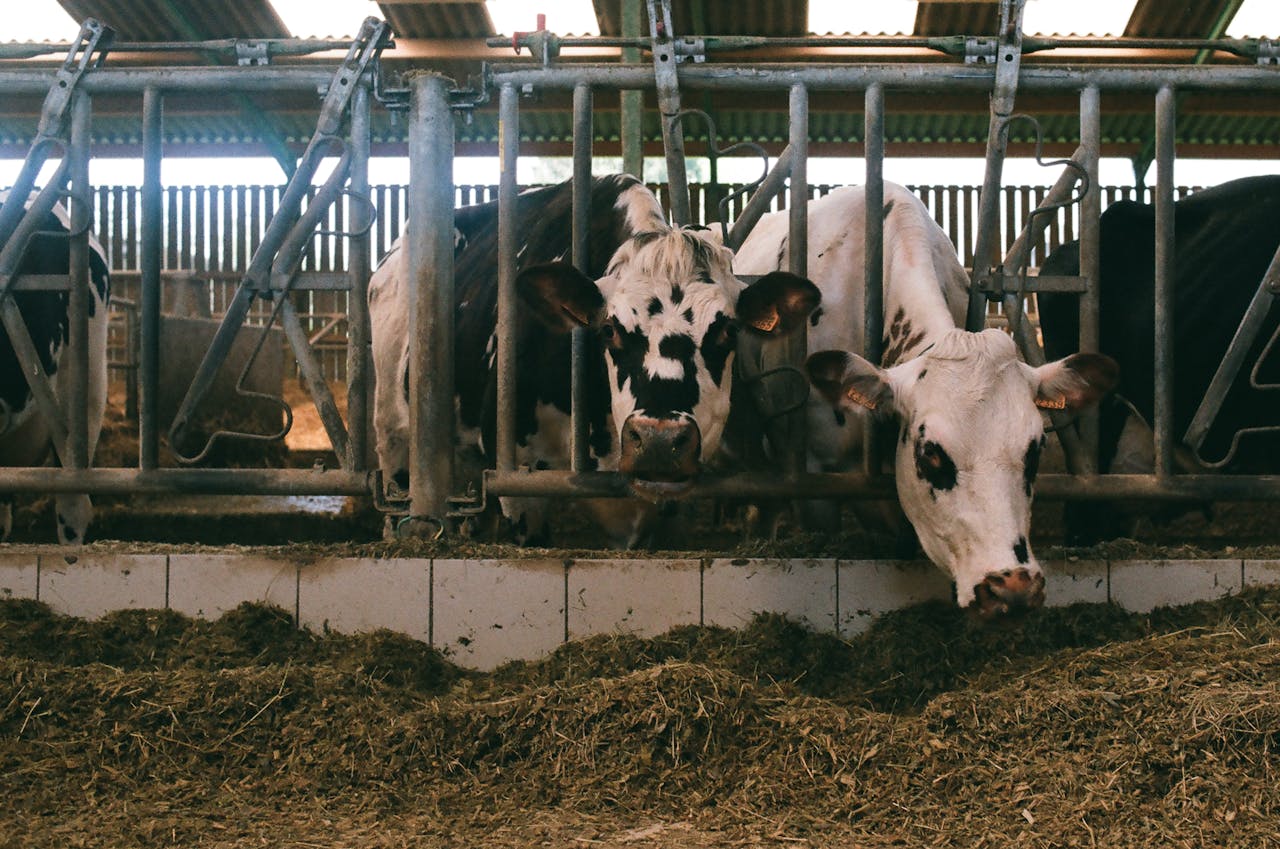Several futures markets, including Paris, have shown gains for wheat prices since last Tuesday.
On the Paris futures market, the price of wheat rose from €188.75 to €191.00 per ton between last Tuesday (September 9) and Monday (September 15) for December ’25 delivery.
Farmers reluctant to sell
The gains on the futures markets are mainly the result of corrections related to changes in the euro-dollar exchange rate, according to a trader. Only farmers who need to free up storage space are willing to sell their wheat at current prices; others are not. When a few farmers sell wheat, it adds downward pressure on prices.
Factories stocked until October
Most feed factories have purchased enough to last until mid-October. After that, demand could pick up.
USDA raised output estimate
The price formation is not helped by forecasts for global wheat yields in key growing regions for 2025–’26. These forecasts have repeatedly exceeded expectations in recent months, which puts further pressure on prices, regardless of the small gains in recent days.
At the end of last week, the US Department of Agriculture (USDA) revised its global wheat production estimate upward by more than 9 million tons for this year. Wheat consumption is also increasing, according to the USDA. Nevertheless, the wheat stockpile is expected to grow slightly, though it remains one of the smallest of the past 10 years. The expected ending stock on July 1, 2026, is 264 million tons, compared with 262 million tons on July 1, 2025, according to USDA.
EU and Russia harvest forecast higher
For the European Union (EU), the harvest forecast has been increased by 1.9 million tons to 140.1 million tons of wheat in 2025. Russia is expected to harvest 1.5 million tons more, reaching a total of 85 million tons. Canada, Ukraine, and Kazakhstan are also projected to harvest more wheat, although the European Commission issued a caveat for Ukraine. That country experienced unusually dry conditions in the South and East during the summer, reducing yields. In the West, excessive rainfall in July hampered the harvest, resulting in lower wheat quality.


